Fruits of Malaysia
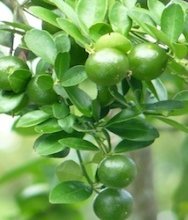 |
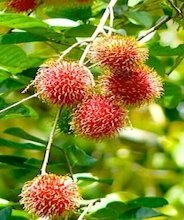 |
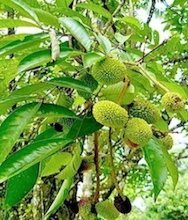 |
Eat your heart out!
When in season, the fruits of Malaysia are such in demand that we find many cars stop by at fruit sellers manning wooden stands and make-shift stalls along trunk roads and highways that run across the fruit gardens and kampung areas of the country.
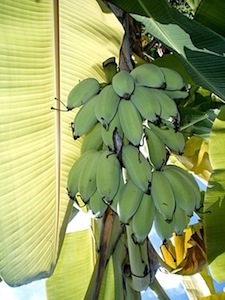 |
Malaysian fruits such as durians, rambutans, langsat, mangosteen, pineapples, water-melons and pomeloes are usually sold at these roadside stalls when they are in season, although they are also available at supermarkets and hypermarkets in the towns and cities.
In the Malay kampung or village, we may find many of these fruit trees as they are usually very easily planted. Being tropical fruits, the seeds of the fruit trees and stems easily germinate when rain and sun combine to make them very conducive for growth.
Some of the Malaysian fruits are seasonal, while others are available all year round, and some seem to fruit without reason, as and when they like!
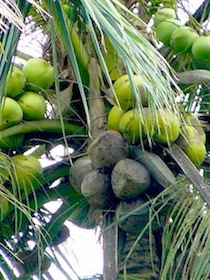 |
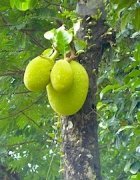 |
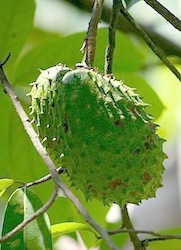 |
List Of Some Major Fruits Of Malaysia
The following are some of the tropical fruits we can find in Malaysia:-
|
|
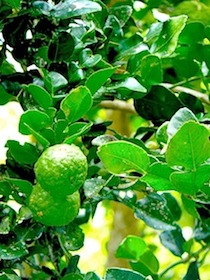 |
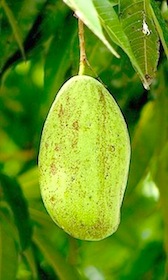 |
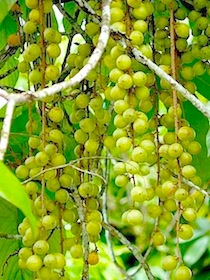 |
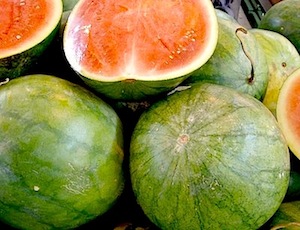 |
Fruit Varieties
Of course, we may find many varieties or species of these Malaysian fruits and trees.
There are many types of durians or bananas that are available, with slight variations in their tastes and physical or outside appearance.
For instance, one variety of durian may taste sweet and a little bitter, another may have more flesh than seed, while yet another may be very thorny then others.
Even the fibrous quality may be different in different variety of the durian.
The plants or trees of these fruits of Malaysia vary from very tall to huge trunks to low and shrubby and palmy.
The banana trees have comparatively soft trunks compared to the guava tree, the wood of which is used for making utensils and products that are hardy and long lasting.
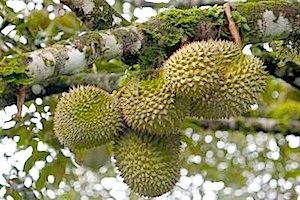 |
Malaysians regard the durian as the "King of Fruits" for its popularity and demand when in season. Most Malaysians would call it the best fruit in the world, for its tastes and smell when fresh.
The smell may be distinctly sweet and aromatic to Malaysians, but to Europeans and Caucasians it is definitely foul smelling. The durian is one fruit most Europeans would definitely shunt.
In fact durians are mostly banned in prestigious Malaysian hotels and even at airports to ensure foreigners or tourists to the country are not inconvenienced.
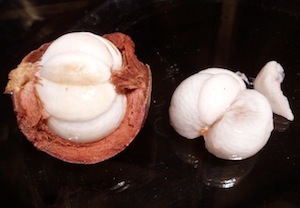 |
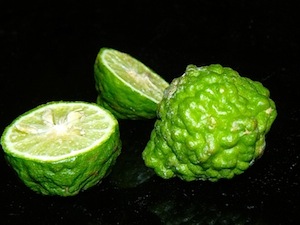 |
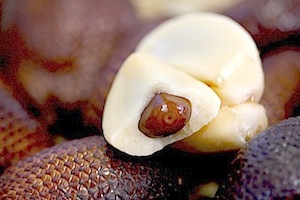 |
Uses of Malaysian Fruits
- Dishes, curries, pies and cakes
- Jams, pickles and drinks
- Appetizers, desserts and snacks, salads
- In traditional practices and customs
- Healing, disease treatments and therapies
- Health drinks, essential vitamins, nutrients and fibres
Besides the fruits themselves, the fruit trees, stems, leaves, flowers and inflorescences may also have their own uses too in the lives of the local folks.
For instance, the coconut fruit and tree have many uses. So is the banana tree, lime tree, papaya and others. Not only is the fruit eaten, the leaves and stems are also useful for some domestic use and medicinal purposes.
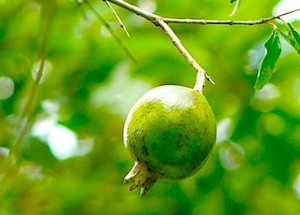 |
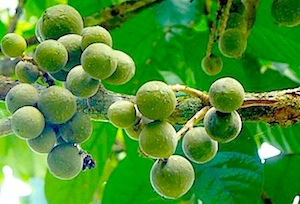 |
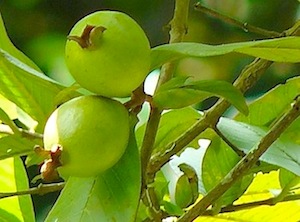 |
Importance Of Fruits To Wildlife and Nature
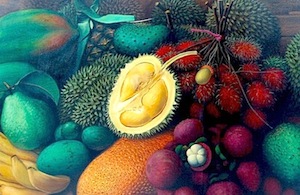 |
As Food To Animals
While the Malaysian fruits may be great appetisers and desserts for humans, fruits are actually food for the many species of wildlife.
Squirrels, birds, bats, monkeys, orang utans, and even elephants and other big mammals eat fruits as food.
Especially for the smaller insects, fruits are not only food for them but they are also sometimes their nests or where their eggs are laid and their offsprings mature.
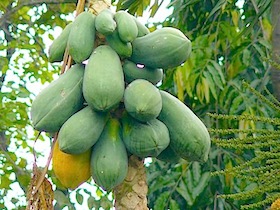 |
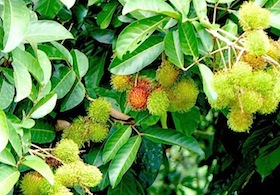 |
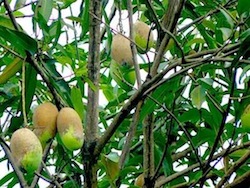 |
Remember
that other wildlife and nature itself had helped in the fruiting processes.
Animals Pollinate and Propagate Fruit Trees
And while humans reap the fruits when matured, the insects mostly did the prior work for the plants and trees to bear fruits.
Bees, butterflies, flies, bats, birds and even the big mammals help not only in the pollination and fruiting, but also in the distribution and propagation of the plants and trees.
Don't therefore needlessly disturb or destroy the environment without considering the implications to other wildlife that need the trees and plants for their survival.
They helped us, and it is only appropriate that we help them too, by not destroying their habitats.
So, when we savor the joys and delicacy of the fruits of Malaysia, do not forget that other wildlife and nature itself had helped in the fruiting processes.
Smile.
Home › Malaysian Fruits
|
|
|
|
FRUITS OF MALAYSIA PHOTOS
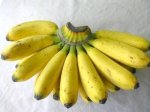 |
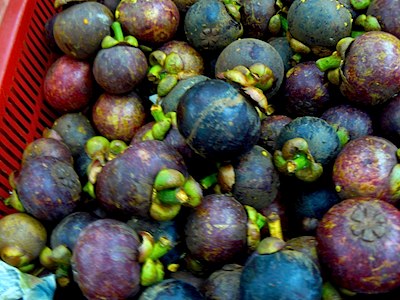 |
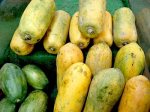 |
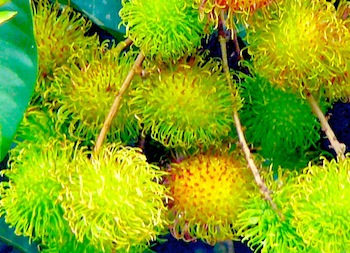 |
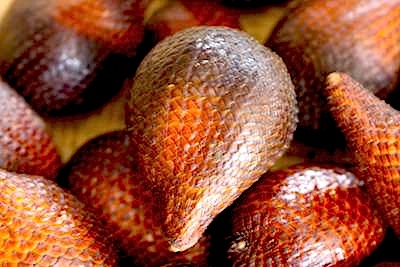 |
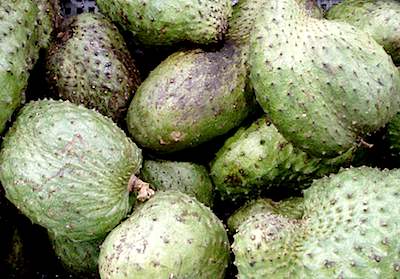 |
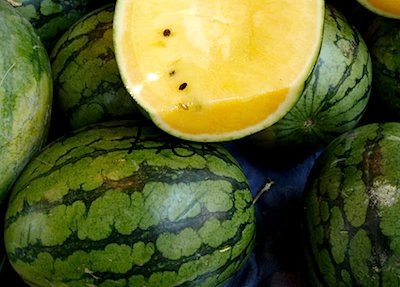 |
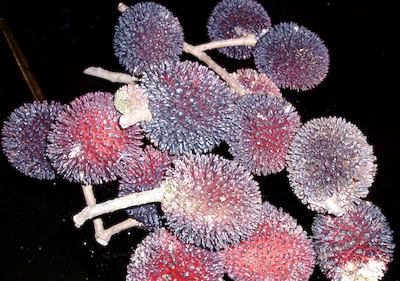 |
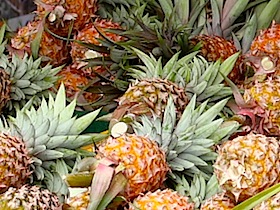 |
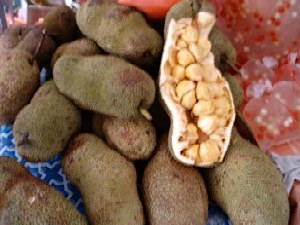 |
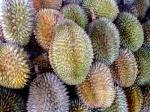 |
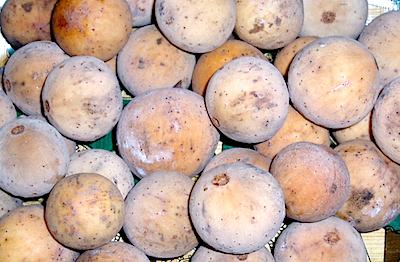 |
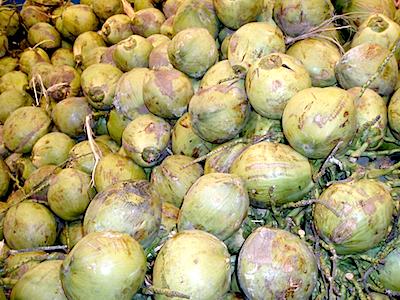 |
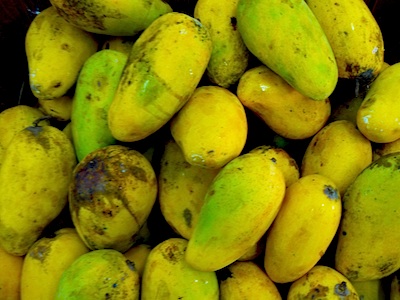 |
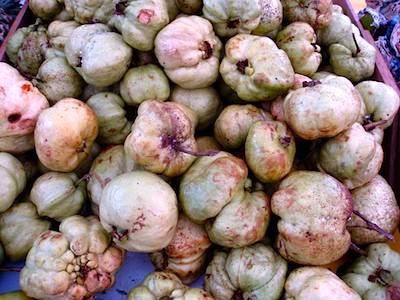 |
Find out more and Get their best prices HERE!
|

|




